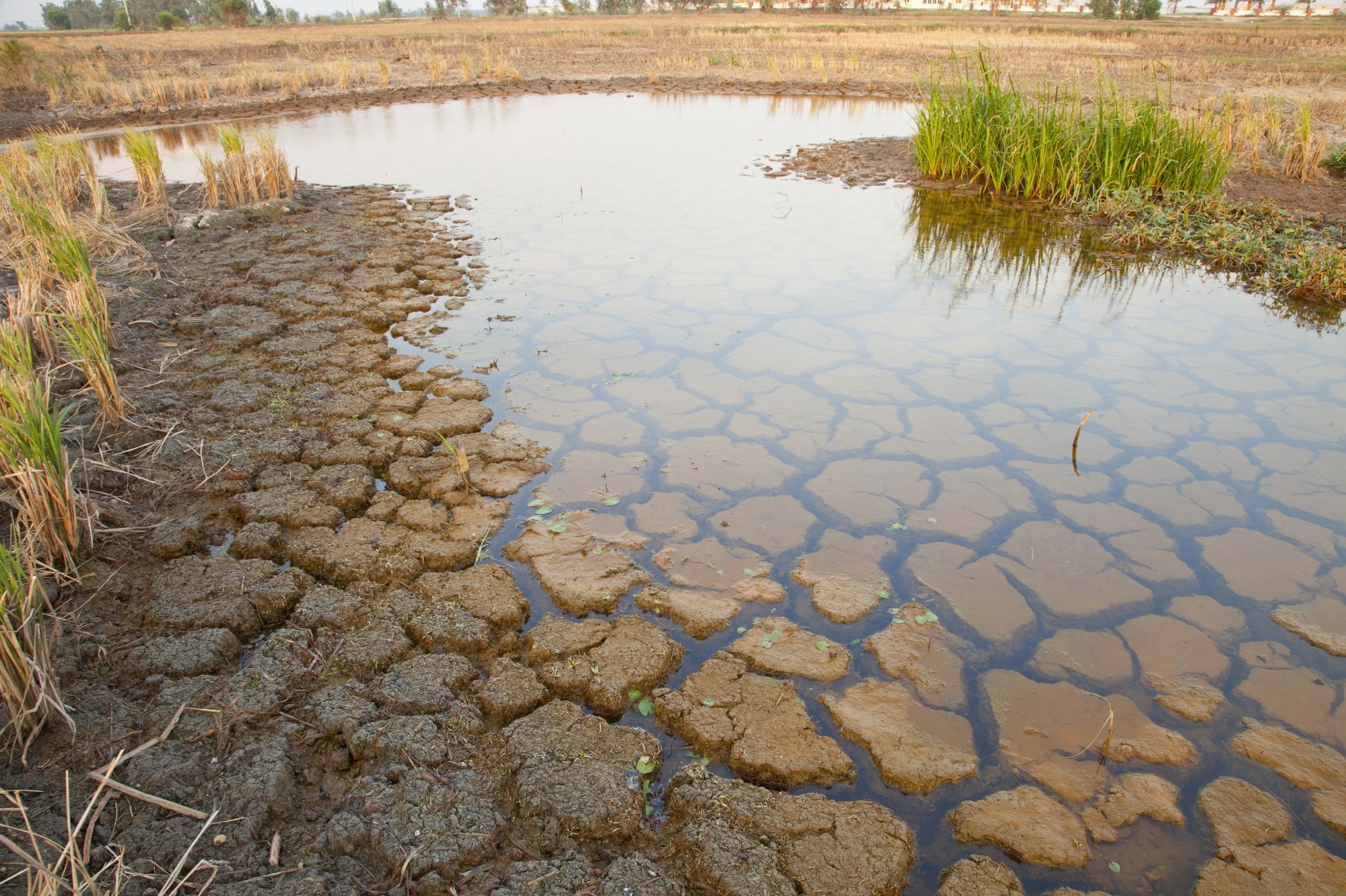Burkholderia thailandensis is a gram-negative bacterium that poses a threat to public health due to being an opportunistic pathogen, as well as its potential misidentification as the more pathogenic B. pseudomallei, which is its closest phylogenetic relative. The US Federal Select Agents Program has designated B. pseudomallei as a Select Agent and the causative agent of melioidosis.
 Study: Burkholderia thailandensis Isolated from the Environment, United States. Image Credit: Sanit Fuangnakhon/Shutterstock
Study: Burkholderia thailandensis Isolated from the Environment, United States. Image Credit: Sanit Fuangnakhon/Shutterstock
B. thailandensis have been reported to be found in some tropical regions such as northern Australia and Southeast Asia. It is a Biosafety Level 2 organism that has not been classified as a Select Agent. It is used by some researchers as a surrogate of B. pseudomallei in some experiments since it can be handled outside of Biosafety Level 3 laboratories. Differentiation of B. thailandensis is difficult from B. pseudomallei due to their similar biochemical phenotypes, with the only difference being the assimilation of L-arabinose by B. thailandensis.
B. thailandensis infections in humans are quite uncommon, especially in the Western Hemisphere. Three previous clinical cases have been reported from the southern United States, Texas in 2003, Louisiana in 1997, and Arkansas in 2017. Environmental sampling associated with the 2003 Texas case as well as previous sampling for B. pseudomallei complex members were unable to recover B. thailandensis. Occurrences of B. thailandensis have been mostly reported in Australia, Southeast Asia, and Africa. However, its occurrence in the Western Hemisphere is still unclear.
A new study in Emerging Infectious Diseases aimed to detect and isolate B. thailandensis from water and soil samples collected from Puerto Rico between December 2018 and March 2020, as well as Texas between November 2019 to November 2020.
About the study
The study involved the collection of water and soil samples by taking permission from landowners as well as permits for collection from reserved lands. Ten to 100 soil samples were collected from each site at a depth of 30 cm, where two holes were spaced 2.5 meters apart. About 150 ml of water sample was collected from each site with 2.5 meters between each sampling location. Filtering of all water samples was carried out on the day of collection using a sartorius water filtration method. Additionally, environmental scraps were collected from a partially empty residential 500-gallon water holding tank in Texas. Moreover, environmental sampling was also carried out in Mississippi in July 2022.
All the samples were prevented from UV exposure and were prepared for DNA extraction. TaqMan assay was used to detect B. thailandensis DNA signal within DNA extractions. Whole genome sequencing was performed, followed by multi-locus sequence type (MLST) analysis and phylogenetic analyses. Finally, comparative genomics was carried out to identify gene differences in the sequenced genomes.
Study findings
The results indicated that a total of 2540 environmental samples were collected, out of which 370 were from Texas and 2170 were from Puerto Rico. B. thailandensis DNA was detected in 4 samples from Texas and 6 samples from Puerto Rico. B. thailandensis isolates were detected in 1 sample from Texas and 4 from Puerto Rico. B. thailandensis was also identified from a soil sample collected in Mississippi. Moreover, B. thailandensis infection was also identified in a patient in Oklahoma in 2021 during a motor vehicle accident.
Environmental B. thailandensis isolates from Mississippi and Texas were reported to belong to the same clade as the clinical isolates from Louisiana and Texas as well as 2 environmental isolates from Asia. The clinical isolate from Oklahoma was reported to be closely related to the isolate from the Texas case of 2003. Environmental isolates from Mississippi and Texas were observed to differ more as compared to isolates from Australia and Thailand. Little diversity was observed among the 4 isolates from Puerto Rico. Novel ace allele 106 was reported in the isolate from Oklahoma as well as the 4 isolates from Puerto Rico, which were all assigned to novel sequence type (ST) 1772. Novel gltB allele 175 was reported in the Texas isolate assigned to novel ST1785, while the Mississippi isolate was assigned to novel ST2019.
Therefore, the current study indicates that water can serve as a reservoir and source of infection for B. thailandensis in Puerto Rico and the southern United States, especially during floods. Clinicians must also be aware of the misidentification of B. thailandensis as B. pseudomallei due to their similar morphologic and biochemical properties.